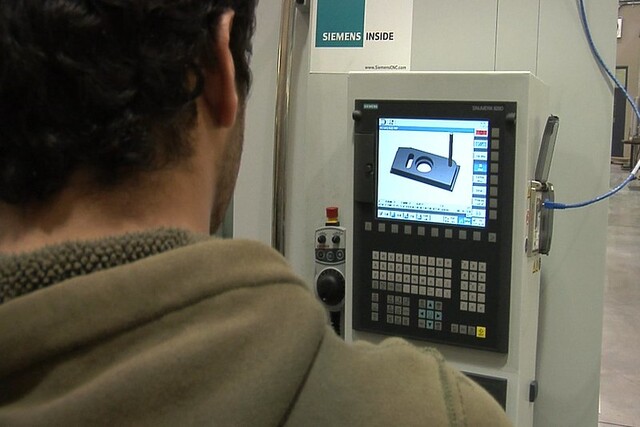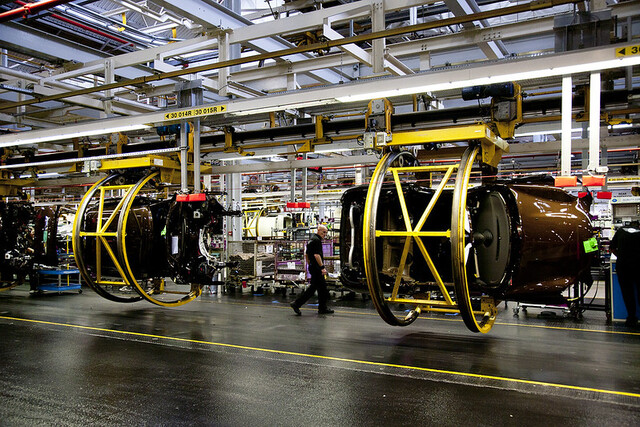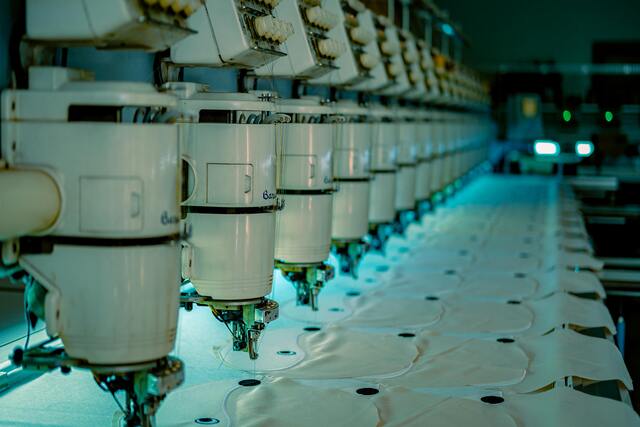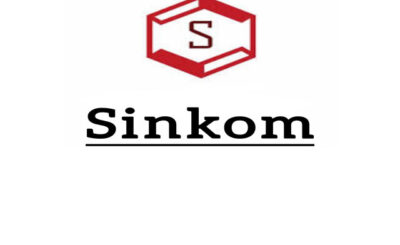Machine Fabrication is revolutionizing the manufacturing industry, powered by the quick development of artificial intelligence and robotics. The incorporation of smart technologies has significantly enhanced the Machine Fabrication Process, making production more accurate, efficient, and cost-effective. From Steel Fabrication to Precision Machine Fabrication, automation is optimizing manufacturing by minimizing waste and improving product quality. The rising demand for custom solutions, cost efficiency, and faster production timelines has further fueled the adoption of AI-powered automation in fabrication.
Table of Contents:
The Evolution of Machine Fabrication
Machine fabrication has evolved over centuries, transitioning from manual craftsmanship to mechanized and now fully automated robotic processes. Traditional fabrication methods heavily relied on skilled human labor, but with the development of CNC (Computer Numerical Control) machining and AI integrated systems, manufacturers can now achieve unmatched precision and efficiency.
Modern fabrication techniques such as 3D printing, laser cutting, and AI-enhanced welding allow for the creation of intricate components with minimal errors. AI-powered quality control systems continuously analyze production data, ensuring that each component meets the required standards of accuracy and durability.
AI and Robotics in the Machine Fabrication Process

The Machine Fabrication System is being redefined by AI and robotics, enabling automation of repetitive tasks, improving accuracy, and reducing manufacturing time. Key technological advancements include:
1. CNC (Computer Numerical Control) Machines
CNC machines have significantly improved fabrication by allowing precise programming of machining operations. AI further enhances these machines by predicting malfunctions, optimizing tool movements, and automating decision-making. By reducing material waste and boosting production efficiency, CNC automation is ideal for large-scale manufacturing.
2. Cobots, or collaborative robots
In order to increase productivity and safety in production environments, the collaborative robots, or cobots, are designed to work alongside human operators. In the Production of Steel, cobots assist with lifting heavy materials, welding, and assembly. Their adaptability to real-time changes increases the flexibility of manufacturing operations.
3. Predictive Maintenance Systems
AI-driven predictive maintenance prevents unexpected downtimes by analyzing machine performance and predicting failures before they occur. This proactive approach improves the reliability of Precision Machine Fabrication by identifying irregularities in real-time, reducing maintenance costs and preventing disruptions in production.
4. Automated Welding and Cutting Systems
AI-enhanced robotic welding and laser-cutting machines have transformed In the production of Steel, enabling manufacturers to create complex metal structures with high accuracy. Automated welding and cutting processes improve speed, consistency, and overall product quality while minimizing human error.
Applications of Machine Fabrication in Manufacturing
Numerous industries, including consumer electronics, automotive, aerospace, and healthcare, depend heavily on machine fabrication. Important uses consist of:
1. Automotive Manufacturing

AI-powered fabrication technologies are vital in automobile production, ensuring high precision in manufacturing parts such as engine components and chassis structures. The machine manufacture procedure speeds up assembly lines, reduces manufacturing costs, and increases vehicle safety.
2. Aerospace Industry
The aerospace sector requires components with exceptional precision and durability. AI-driven accurate machine manufacturing ensures that aircraft parts meet stringent safety and quality standards. The use of advanced composite materials, 3D-printed metal parts, and AI-driven simulations is transforming aerospace manufacturing.
3. Textile and Fabric Printing
The textile industry has embraced automation, particularly in fabric printing machines, which optimize production and reduce material waste. AI-powered fabric printing enhances accuracy in pattern replication, color consistency, and production efficiency, leading to high-quality textile manufacturing.
4. Construction and Steel Fabrication
The construction industry heavily depends on Steel Fabrication, where automated machines assist in cutting, welding, and assembling structural components. Robotics play a key role in prefabricated construction, improving safety, reducing labor-intensive tasks, and speeding up project timelines.
5. Medical Device Manufacturing
Medical equipment and surgical instruments demand extreme precision and sterility. AI-driven Precision Machine Fabrication ensures that medical devices adhere to regulatory standards while optimizing production efficiency. Robotic-assisted machining is widely used to manufacture implants, prosthetics, and diagnostic instruments with high accuracy.
The Role of AI in Precision Machine Fabrication
Quality Machine Fabrication Powered by AI offers numerous advantages, including:
- Improved Accuracy: AI enhances precision in cutting, drilling, and shaping materials, minimizing errors.
- Automation of Repetitive Tasks: AI eliminates human errors while increasing production speed.
- Advanced Quality Control: Real-time monitoring ensures defect detection and compliance with manufacturing standards.
- Adaptive Manufacturing: AI-driven machinery can adjust settings dynamically based on material properties and environmental factors.
Challenges in Implementing AI and Robotics in Machine Fabrication
Despite its advantages, the integration of AI and robotics into machine fabrication presents some challenges, such as:
- High Initial Costs: Investing in AI-driven fabrication technologies requires substantial capital.
- Workforce Training Needs: Employees must acquire new skills to work alongside AI-powered machinery.
- Cybersecurity Concerns: Increased connectivity in smart manufacturing raises risks of data breaches and cyber threats.
- Compatibility Issues: Integrating AI automation into older manufacturing systems often requires additional infrastructure upgrades.
Future Trends in Machine Fabrication
A number of trends will influence how machine fabrication processes develop in the future as technology develops:
1. Smart Factories and Digital Manufacturing
Future manufacturing plants will operate as fully automated smart factories, integrating AI, IoT, and robotics. AI-powered systems will facilitate seamless machine-to-machine communication, reducing inefficiencies and optimizing resource utilization.
2. Sustainable Manufacturing Practices
AI-driven fabrication methods will focus on reducing material waste, improving energy efficiency, and adopting eco-friendly manufacturing techniques. Sustainable production will become a priority across industries.
3. On-Demand Customization and Rapid Production
AI and 3D printing technologies will enable mass customization, allowing manufacturers to produce personalized products efficiently. AI will optimize supply chains, reducing lead times and production costs for custom-made items.
Metallic Fabric and Its Role in Manufacturing

1. Understanding Metallic Fabric
Metallic fabric is a high-tech textile incorporating metallic fibers or coatings, making it ideal for industries such as fashion, automotive, and aerospace. These fabrics combine durability with unique reflective properties and often include materials like aluminum, copper, and stainless steel. Additionally, metallic fabrics provide thermal insulation and electromagnetic shielding, making them suitable for high-tech applications.
2. Application of Metallic Fabric in Machine Fabrication
In the current machine fabrication process, metallic fabric is becoming more and more important, especially for aerospace applications and protective apparel for industrial workers. High-quality metallic textile production is ensured by AI-driven fine machine fabrication, which incorporates them into cutting-edge industrial solutions.
The rise of smart textiles, including sensor-embedded fabrics for health monitoring and military applications, highlights the growing importance of metallic textiles in technological innovation.
Conclusion
The future of Machine Fabrication is closely linked to AI and robotics, transforming industries from fabric printing machines to Steel Fabrication. Automation is enhancing manufacturing processes, improving precision, and reducing costs. Although challenges exist, the ongoing evolution of AI and robotics promises a more innovative, cost-efficient, and sustainable manufacturing landscape. Additionally, advancements in materials, such as metallic fabric, are expanding possibilities in fabrication, leading to safer, more efficient, and technologically advanced manufacturing solutions.






